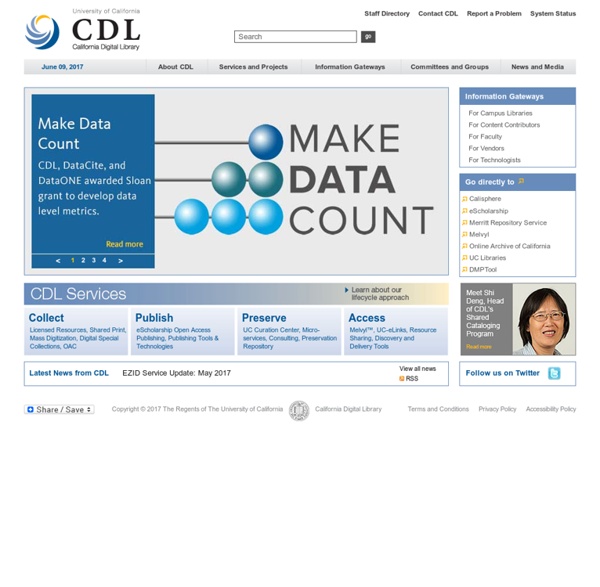



The WWW Virtual Library About the AVL The Alabama Virtual Library provides all students, teachers, and citizens of the State of Alabama with online access to essential library and information resources. It is primarily a group of online databases that have magazine, journal, and newspaper articles for research. Through the AVL, an equitable core of information sources is available to every student and citizen in Alabama, raising the level of excellence in schools and communities across the state. If you enjoy the benefits that AVL brings to your school, college, library or home, please take a few minutes to thank your local legislators for providing this resource for the State of Alabama. You are IP authenticated! Your location is inside the state of Alabama so you are automatically logged in to use the AVL What's this? You are not IP authenticated. If you do not have an AVL Card, please request one at your local public library or your local public school library if you are a student. Connect with AVL
State Digital Resources (Virtual Programs & Services, Library of Congress) The Library of Congress American Memory project, Primary Sources by State, State Resource Guides, and other digital initiatives provide free access through the Internet to the treasures of the Library’s collections that document America’s history, culture, and creativity. Across the country, the archives, cultural institutions, museums, and libraries of many states are collaborating to create similar projects. They provide unprecedented access to materials that document local and regional growth and development as well as a look at the cultures and traditions that have made individual states and communities unique. Please note that these links are provided as a convenience and for informational purposes only; they do not constitute an endorsement or an approval by the Library of Congress. │A C│D F│G H I │K L M │N O P │R S T│U V W │Multi-State │ Alabama Alaska Arizona Arkansas California Colorado See also Multi-state collaborations Connecticut Delaware Florida Georgia Hawaii Idaho Illinois Indiana Iowa
georgia-Welcome to GALILEO Through GALILEO, Georgia citizens have access to authoritative, subscription-only information that isn't available through free search engines or Web directories. Here's a sampling of what's inside: Digital Library of Georgia: Digital collections related to the history and culture of Georgia, including photographs, maps, and primary source documents. eBooks on EBSCOhost: 1000's of electronic books on many topics including history, hobbies, and scholarly research. EBSCOhost: Magazine and journal articles on all subjects. Encyclopædia Britannica: Online version of the Encyclopædia Britannica including authoritative information on people, places, events with articles, videos, and more.